After six months with the Seat Ibiza Cupra on the Autocar fleet, I’d sum up the car in three ways: energetic, dependable and a bit of a dark horse. It will be sorely missed. But it wasn’t always like that.
Early impressions left me concerned that the Cupra was a slightly numb offering in the hot hatch arena. It was quick, but it didn’t immediately display the flair of some rivals, such as the Ford Fiesta ST, which is the benchmark in this class.
I initially thought it was quite pricey, too. Our generously specced Cupra Black cost £19,430, which is only £485 off the range-topping ST-3 version of the Fiesta. But now, six months on, I think that price is a bit of a bargain. Just goes to show how valuable long-term testing is.
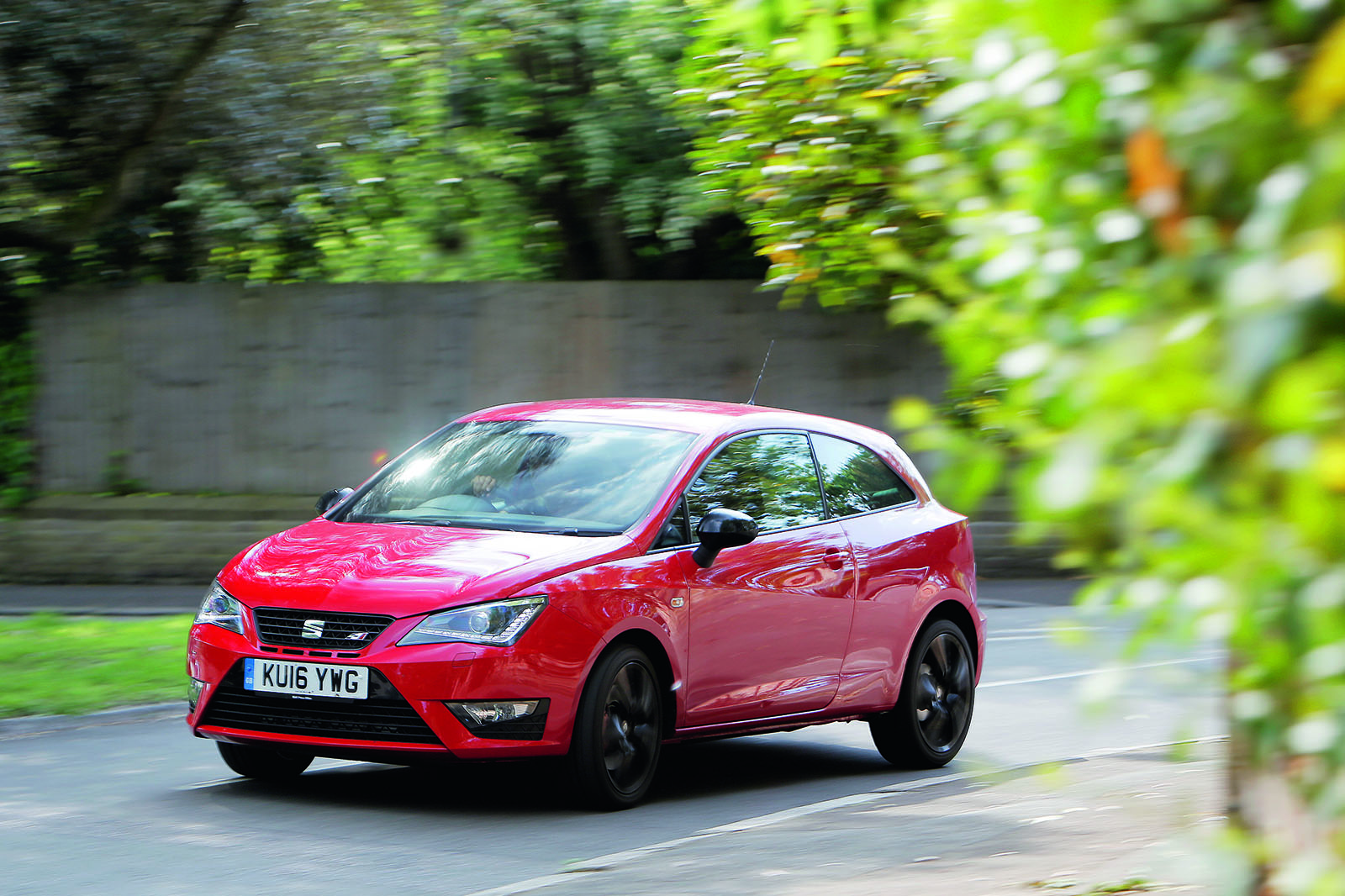
For starters, the Cupra has been a completely faithful companion. Not one issue has arisen. Even though the car has taken part in stints on track and even a spot of motorsport, it has performed faultlessly, whether it be lugging four men and their beer from London to Leeds at outside-lane pace, charging up Prescott hillclimb in the pouring rain or edging through near-gridlocked London traffic.
It has also proven to be highly practical. The 292-litre boot isn’t class-leading, but it has ample room for the weekly shop or a weekend’s worth of luggage, and rear leg room is more generous than one might expect from a three-door car of this size. The cabin itself is probably, to my eyes at least, the tidiest-looking in this class, offering a functional Volkswagen Group layout, with sporty fonts and red lighting to spice things up a bit.
The Cupra’s sound system is as good as the best in this class and even up there with the class above when it comes to quality. Audio may not be a priority for some, but given that many buyers of the Cupra will be young and therefore more likely to enjoy loud music from time to time, it’s a significant feature. The smartphone connectivity with Apple CarPlay and Android Auto compatibility enhances the appeal.
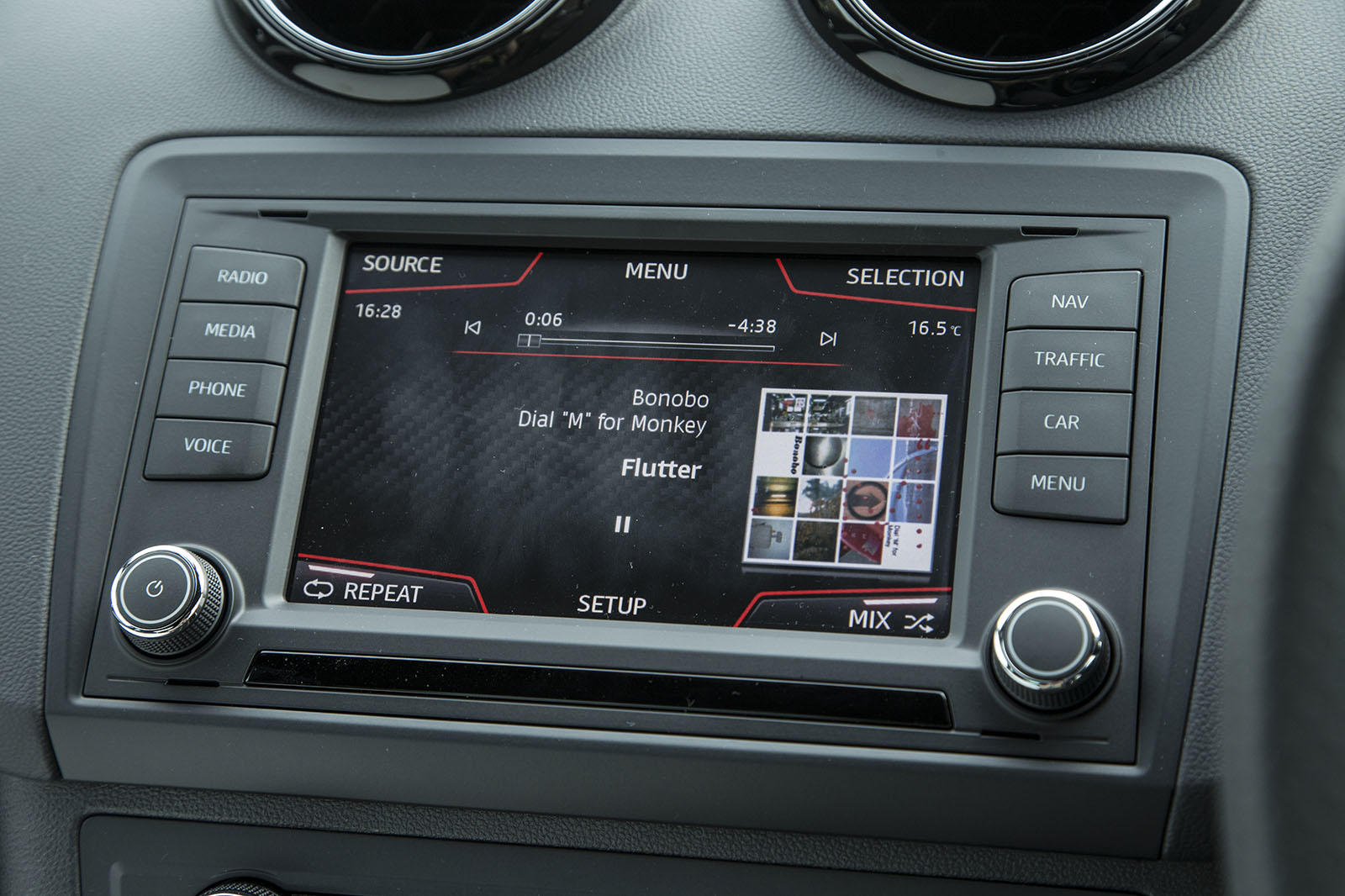
The car’s best asset, though, is its engine, which comes in 1.8-litre turbocharged form and produces 189bhp and 236lb ft. That torque figure is the highlight of the whole package, giving the Cupra enough muscle to worry more powerful cars from the class above.
Our car’s engine really came to life after about 2000 miles. I’ve always fuelled the car with high-octane petrol – hence the higher-than-usual running costs – but I think this has contributed to the engine’s gutsy character, which became more noticeable as the miles piled on. It’s a similar story with the gearbox, which began to swap its initial notchiness for a more positive feel through the gate after a few weeks of use.
If I had one complaint about the car’s powertrain, it’s that the exhaust note is a little too quiet for my liking. The engine itself makes a nice enough noise, which I’d liken more to a high-pitched hum than a traditional four-pot growl, but the exhaust note is inaudible from inside the cabin. I’d like a little raspiness from the car’s tiny peashooter-style twin exits to go with that sporting character. If I were to buy one of these outright, that would be my first modification.
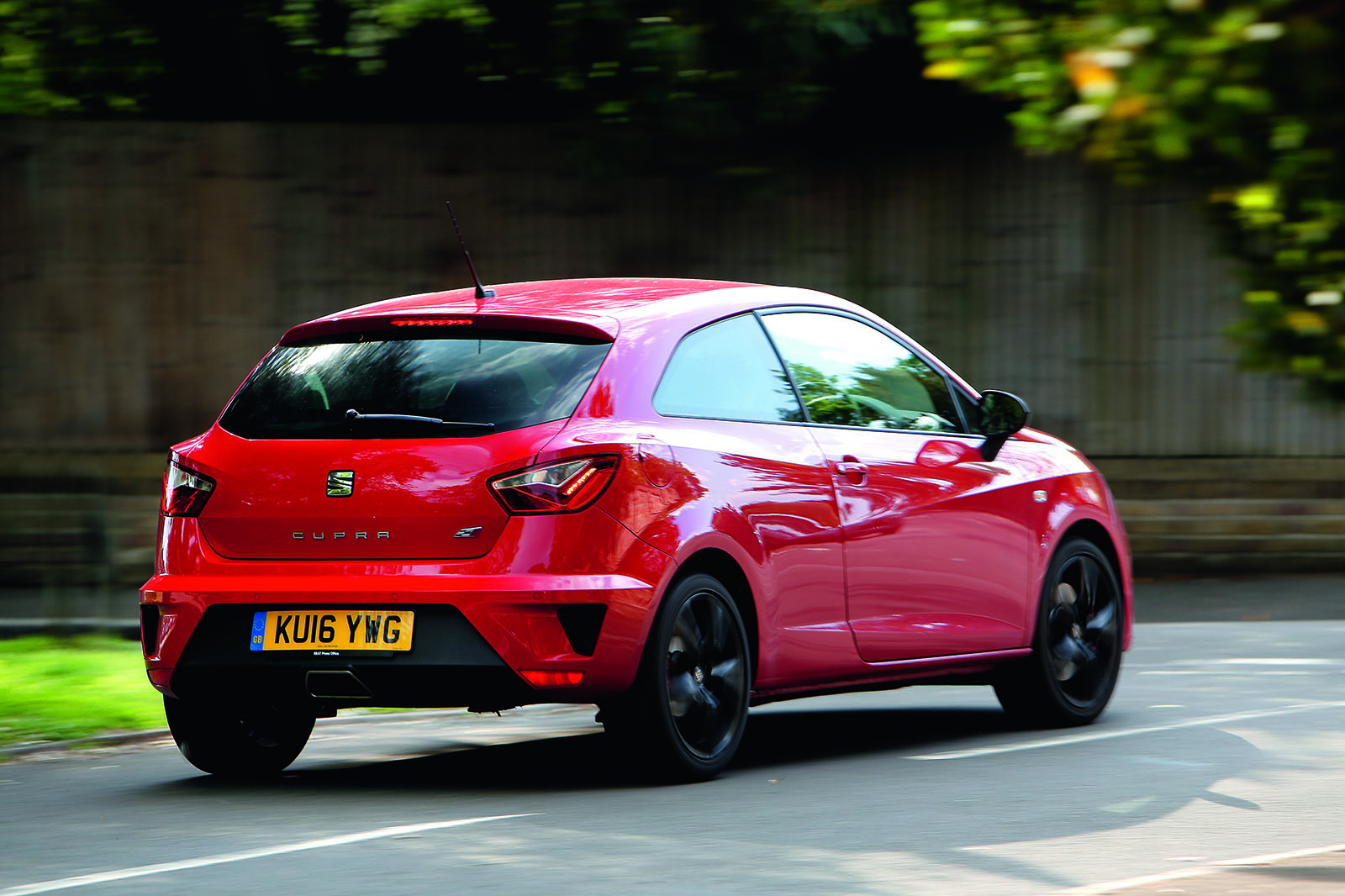
The car doesn’t sit particularly low on its alloy wheels and its ride is rather soft for a hot hatch with this much poke, so the way that it takes city bumps and potholes feels no different from most regular hatchbacks. But the damping is so effective, particularly with the adaptive dampers set to Sport mode, that if you push harder, this suppleness is superseded by excellent body control, which prevents any substantial roll from building and can tidy up driver-induced wobbles effectively and quickly.
Only when wringing the Cupra’s neck would a firmer ride (at the rear in particular) be appreciated. A back-to-back drive with a Fiesta ST200 confirmed that the Ibiza’s softer set-up does hamper its ability to entertain on a B-road.
Nothing harmed the Cupra’s fun factor more than the ESP system, which can’t be fully switched off. To trim it down to its lowest setting, you have to cycle through menus in the infotainment system – there’s no ‘ESP off’ button – and even then, there’s still a noticeable safety net that stops things from getting too playful. Shame.
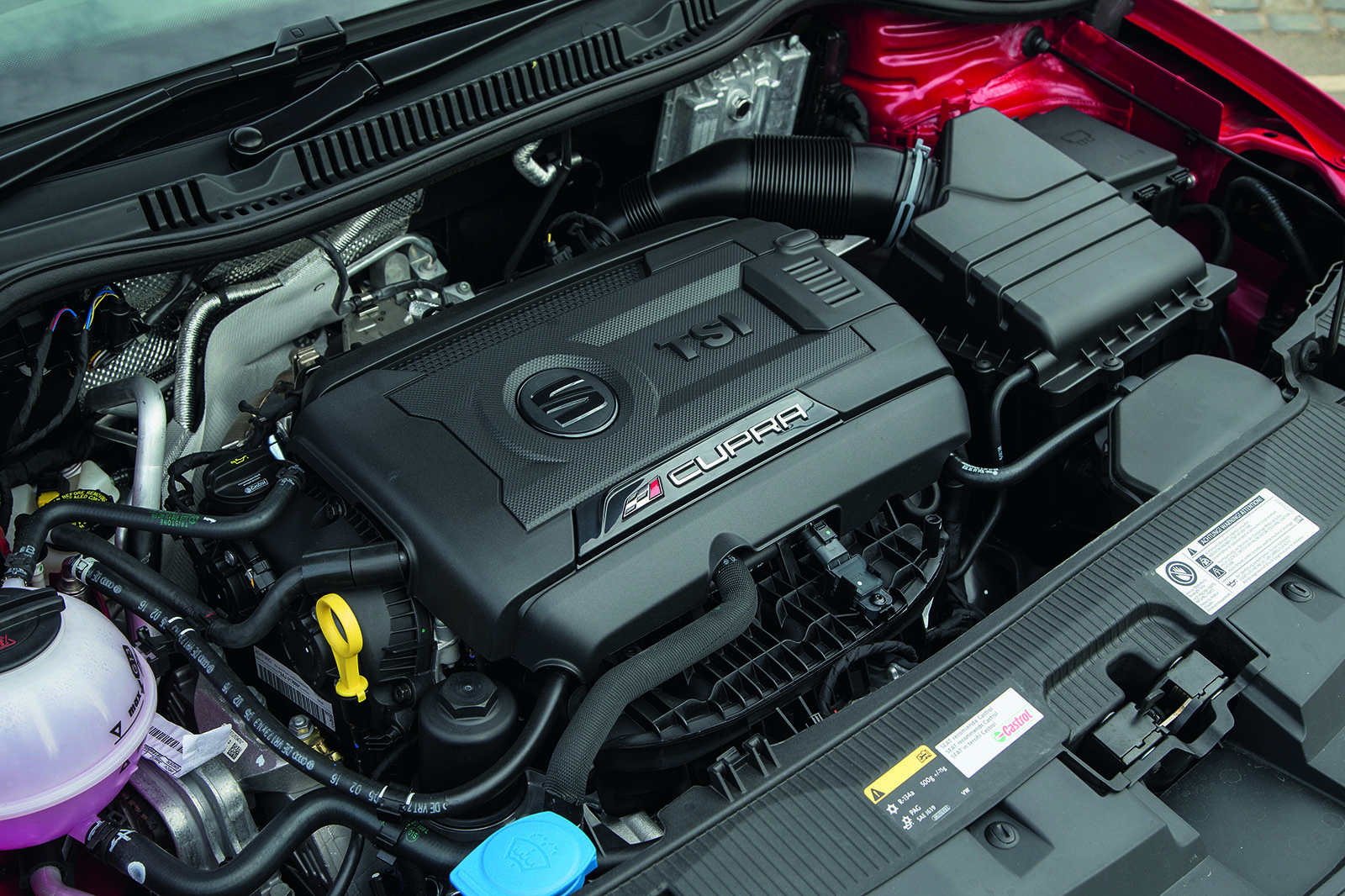
But in some ways, unlike the Fiesta, the Cupra’s character isn’t suited to nine or ten-tenths driving. Rather than being hustled, it prefers to be stroked along a road, engine spinning through its torque-laden mid-range and chassis smoothly ironing out road imperfections. At this pace, progress is still rapid, but the ESP can lie dormant and not impede your inputs.
This was certainly my driving style of choice when the Cupra took part in a rain-affected hillclimb. It proved to be secure but quick on Prescott’s course, and the electronic diff worked well with the torque, so I could spend less time changing gear and more time focusing on lines. It eventually came away with a class win, signifying my proudest moment in the car.
I’ll be the first to admit that the Cupra can’t lay claim to being the driver’s choice in its class. That crown is still held by the Fiesta ST. But for pretty much everything else, the Cupra is right up there with the best of them. When it comes to being an all-rounder, I’m actually not sure anything else could beat it.
PRICES
List price then £18,900 List price now £18,900 Price as tested £19,430 Dealer value now £14,060 Private value now £12,373 Trade value now £11,798
OPTIONS
Red non-metallic paint £250, rear parking sensors £220, ambient lighting £60
FUEL CONSUMPTION AND RANGE
Claimed economy 45.6mpg Fuel tank 45 litres Test average 32.8mpg Test best 35.6mpg Test worst 29.1mpg Real-world range 325 miles
TECH HIGHLIGHTS
0-62mph 6.7sec Top speed 146mph Engine 4 cyls, 1798cc, turbo, petrol Max power 189bhp at 4300rpm Max torque 236lb ft at 1450rpm Transmission 6-spd manual Boot 292-839 litres Wheels 7Jx17in Tyres 215/40 R17, Bridgestone Potenza Kerb weight 1260kg
SERVICE AND RUNNING COSTS
Contract hire rate £163 per month CO2 145g/km Service costs None Other costs None Fuel costs £1213.47 Running costs inc fuel £1213.47 Cost per mile 18 pence Depreciation £4840 Cost per mile inc depreciation 89 pence Faults None
Read our previous reports here:

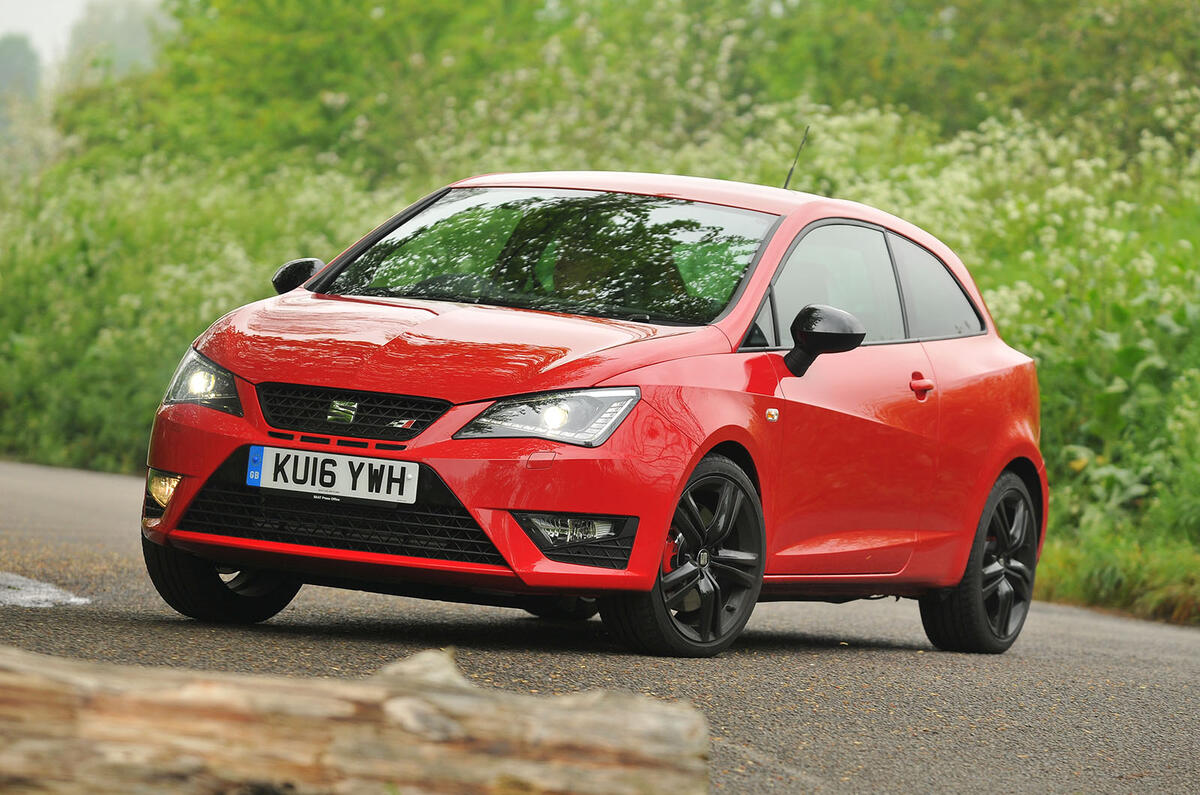
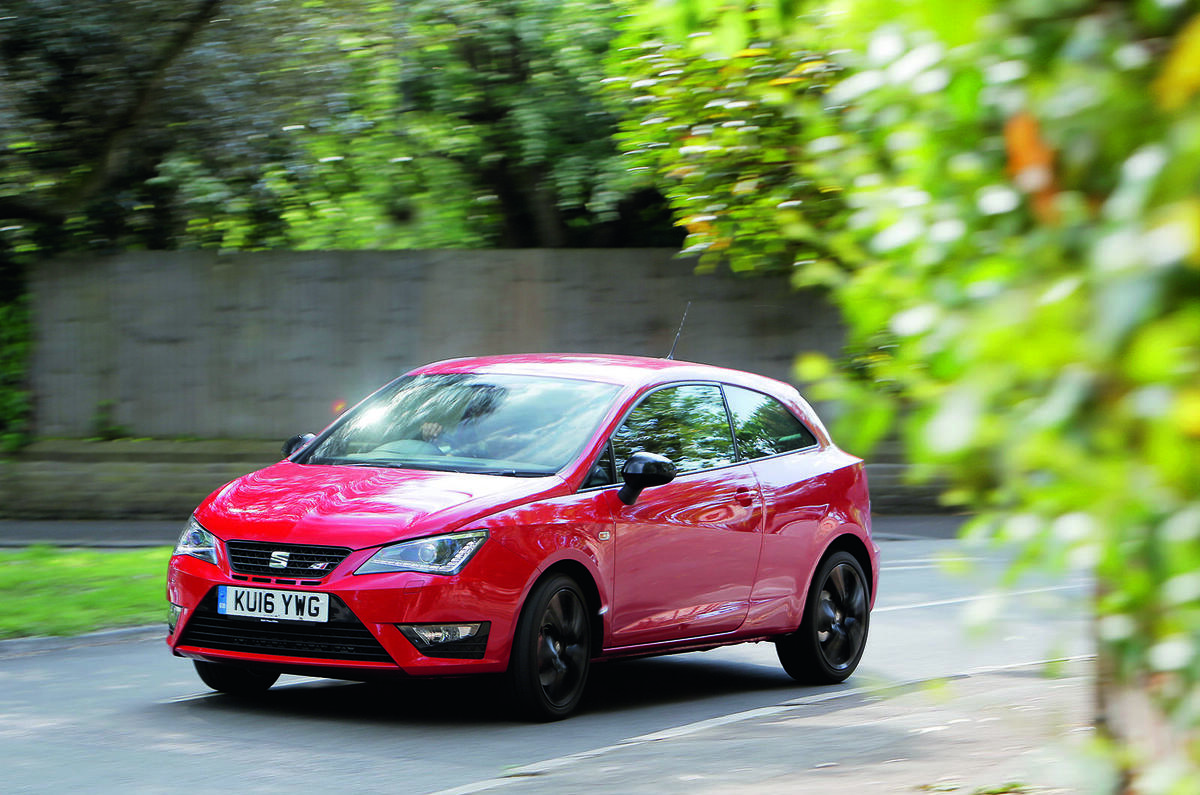
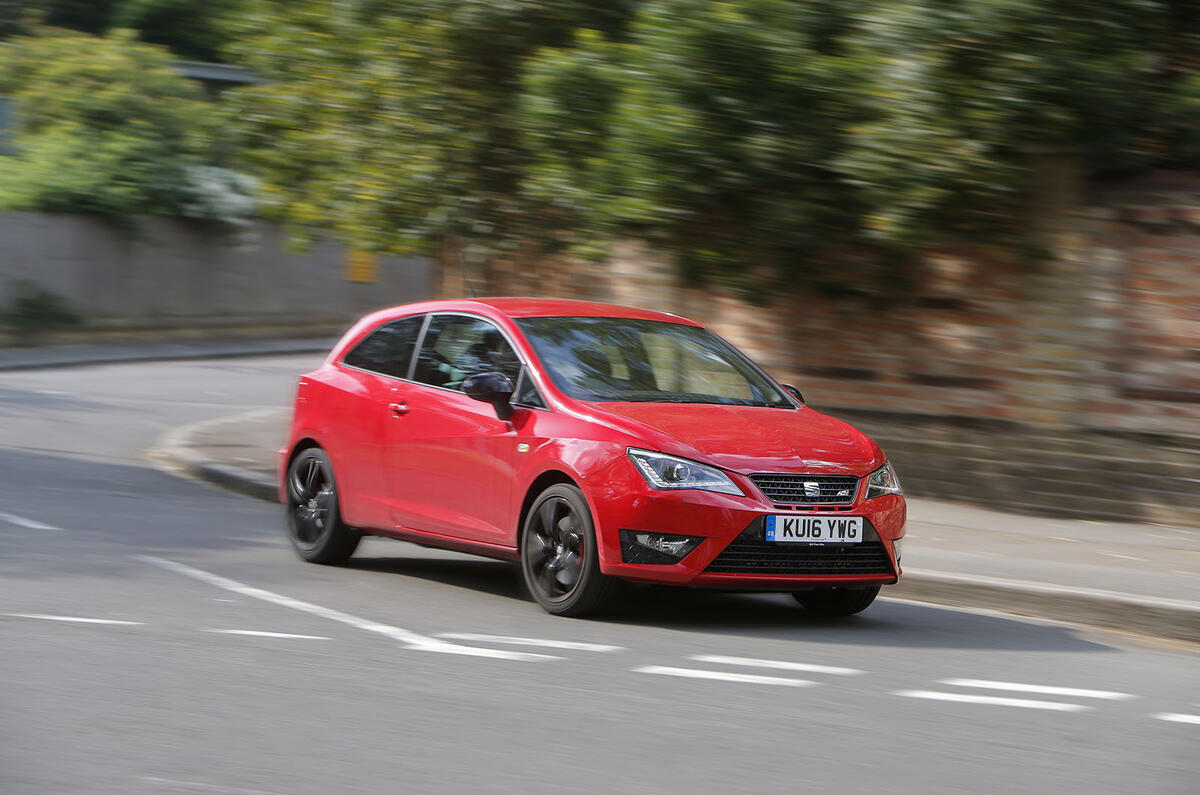
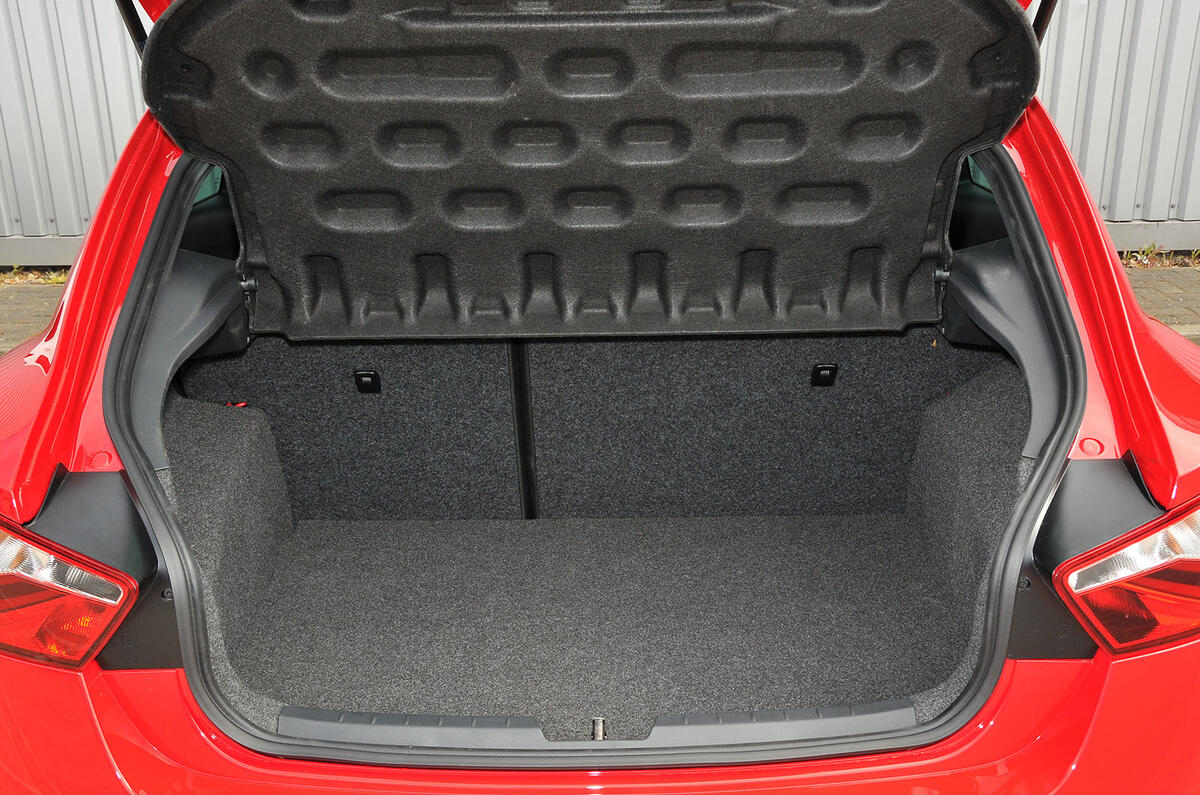

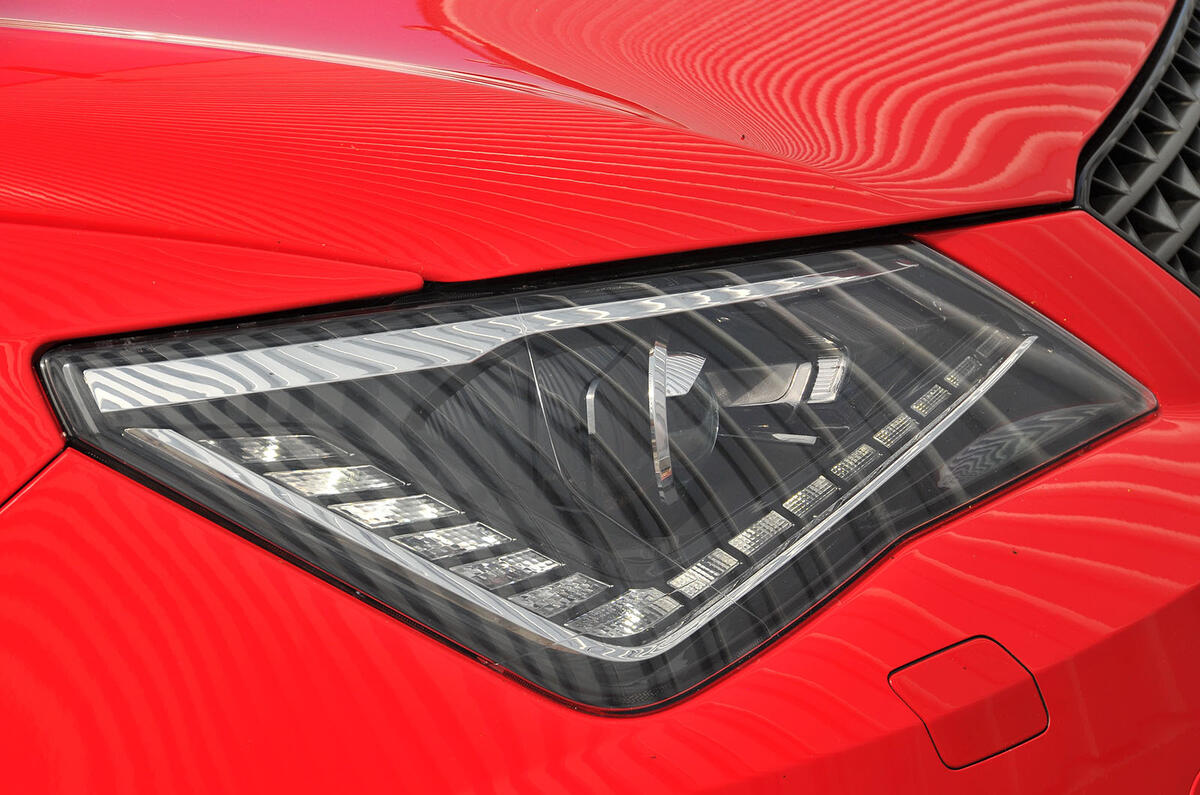
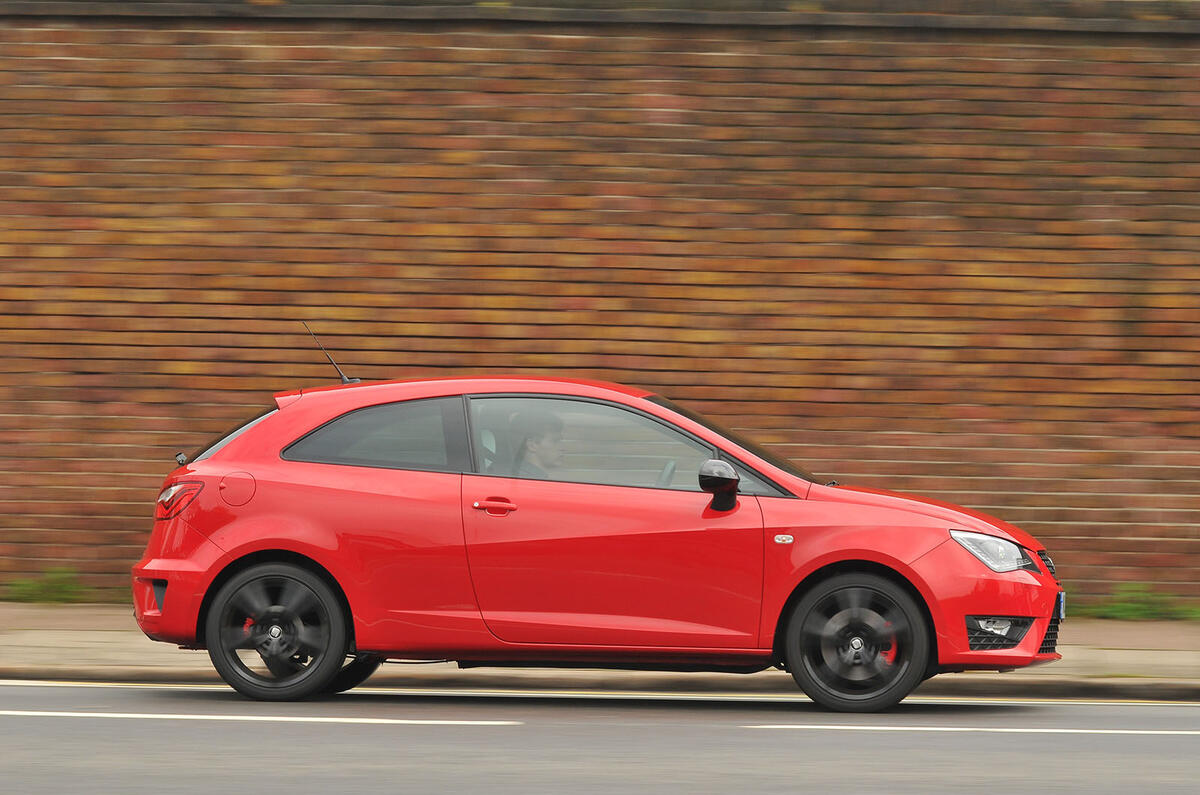

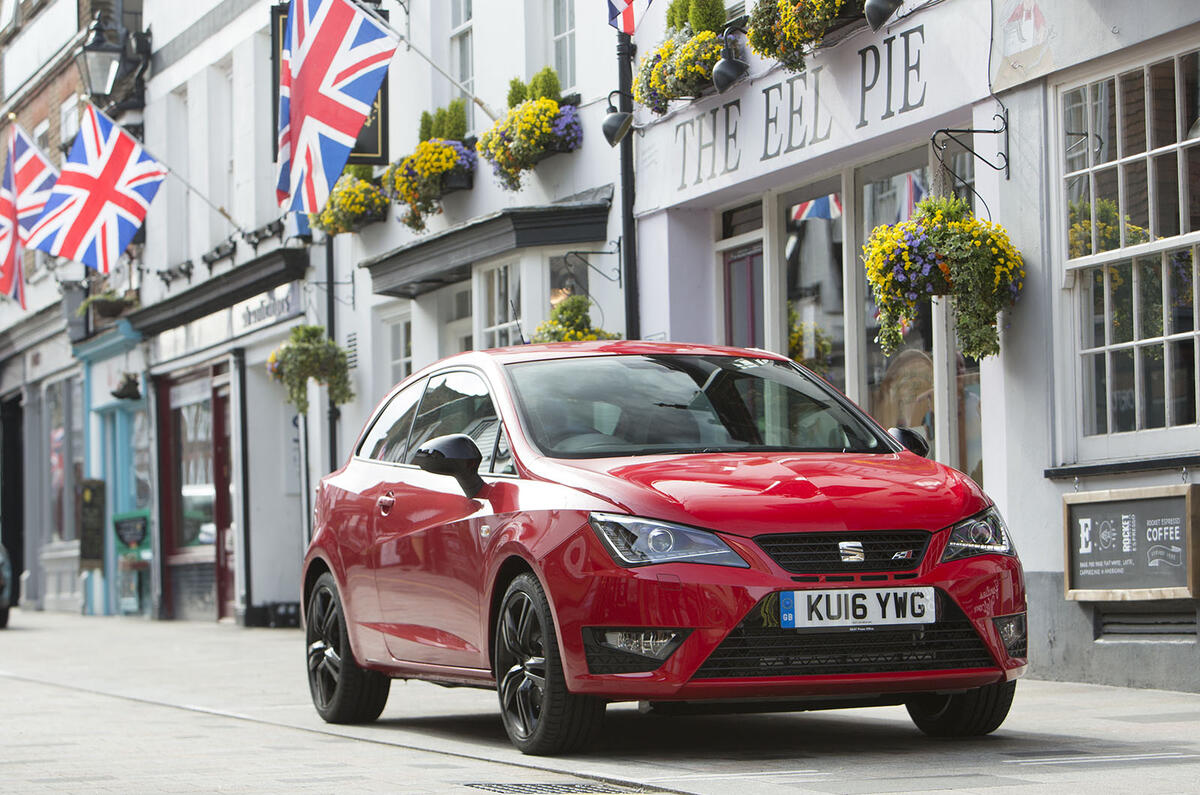
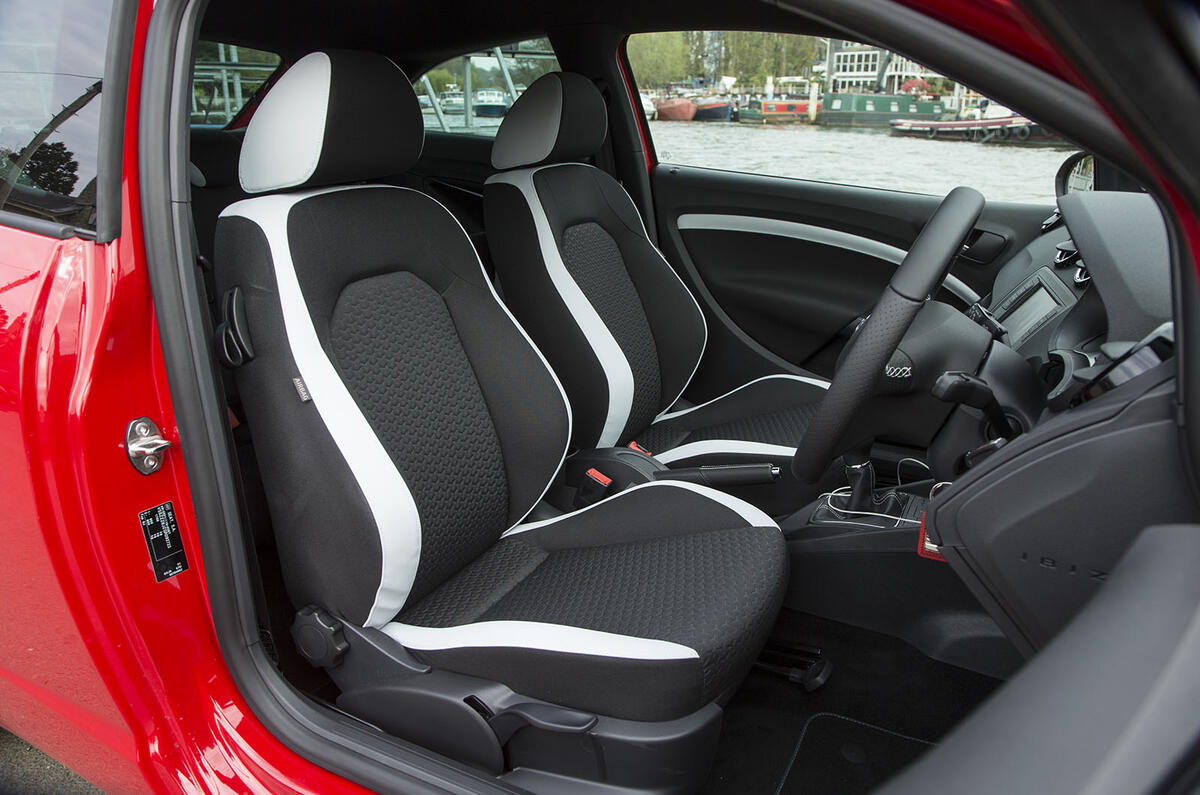
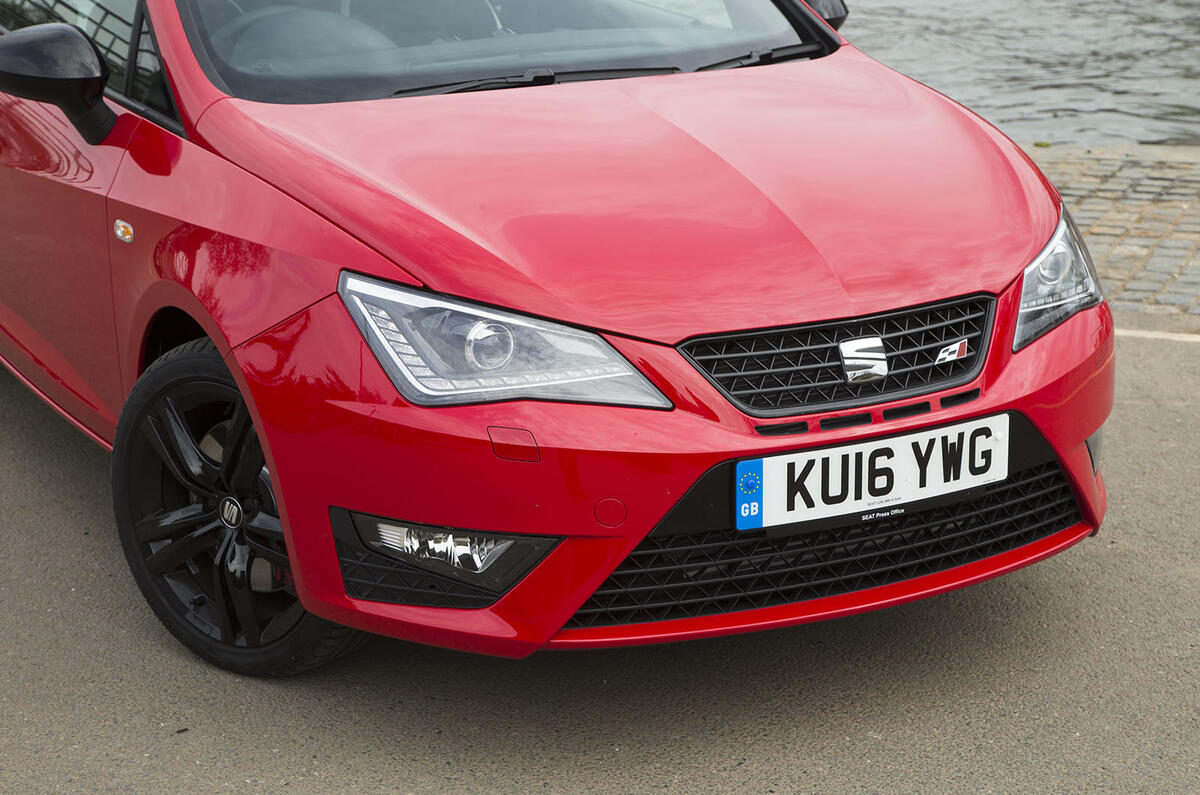
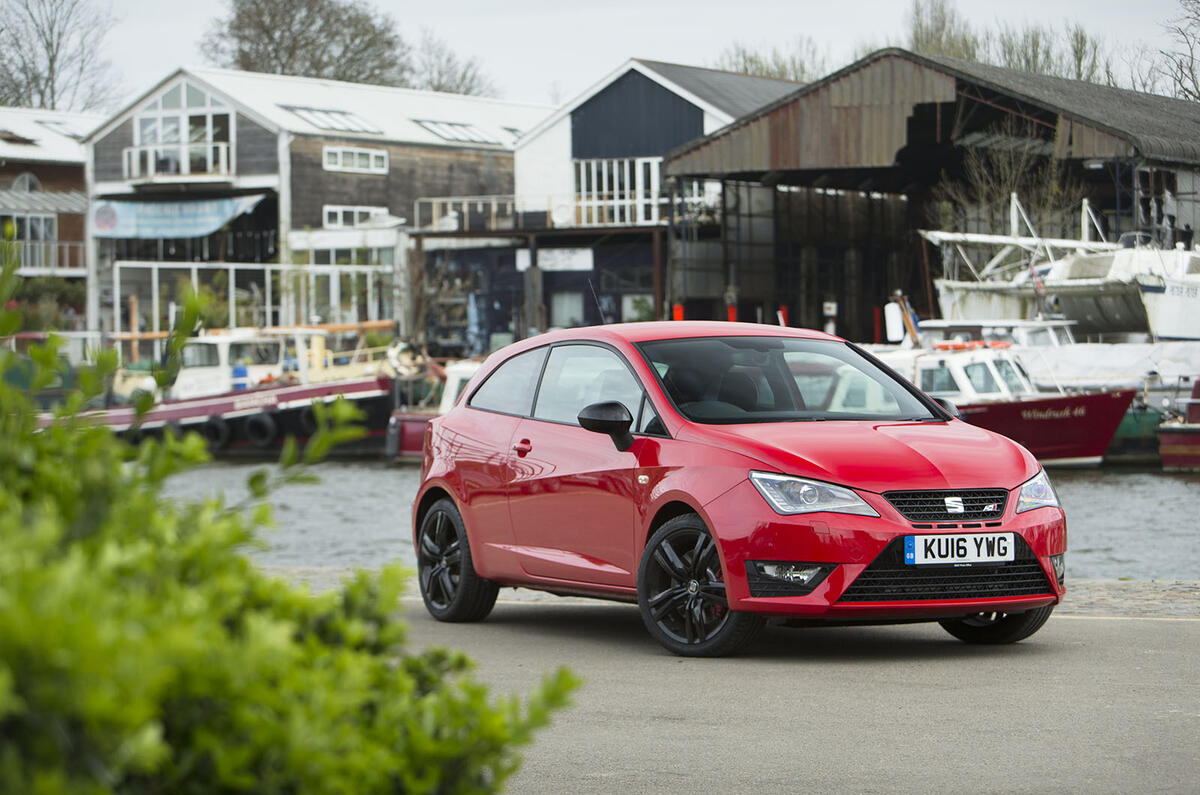
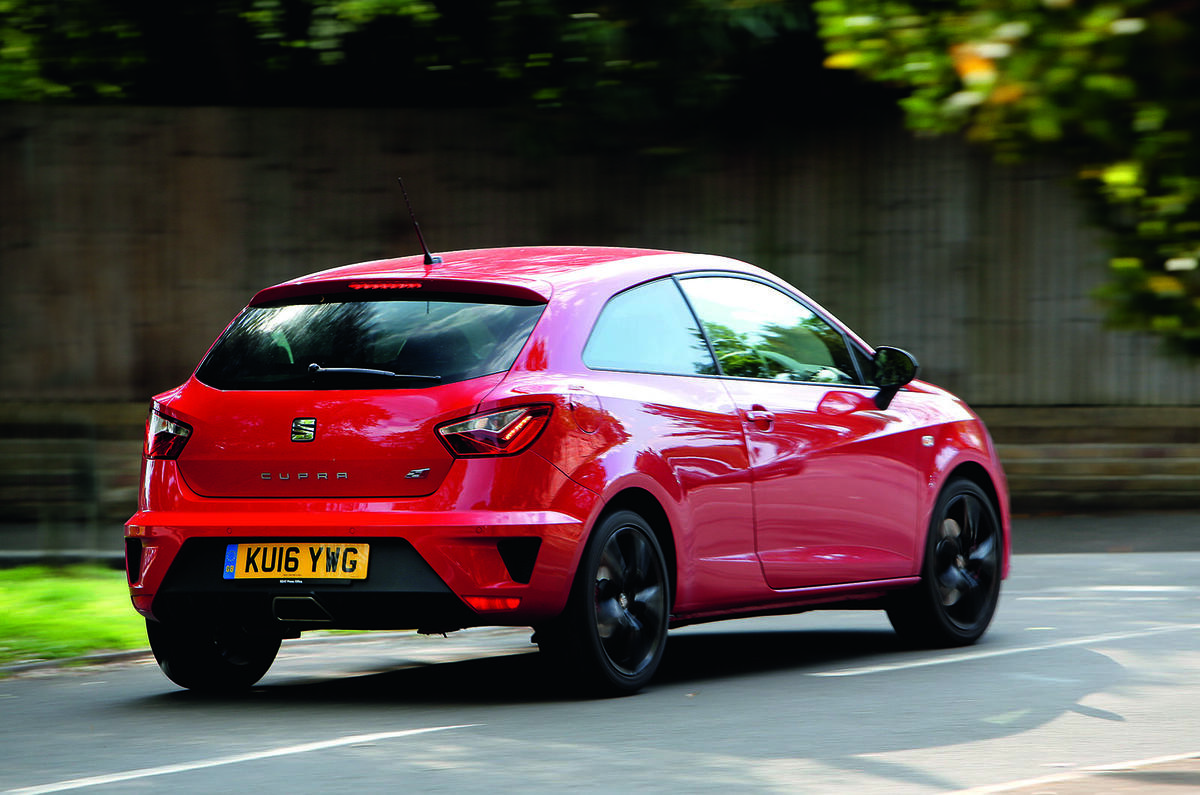
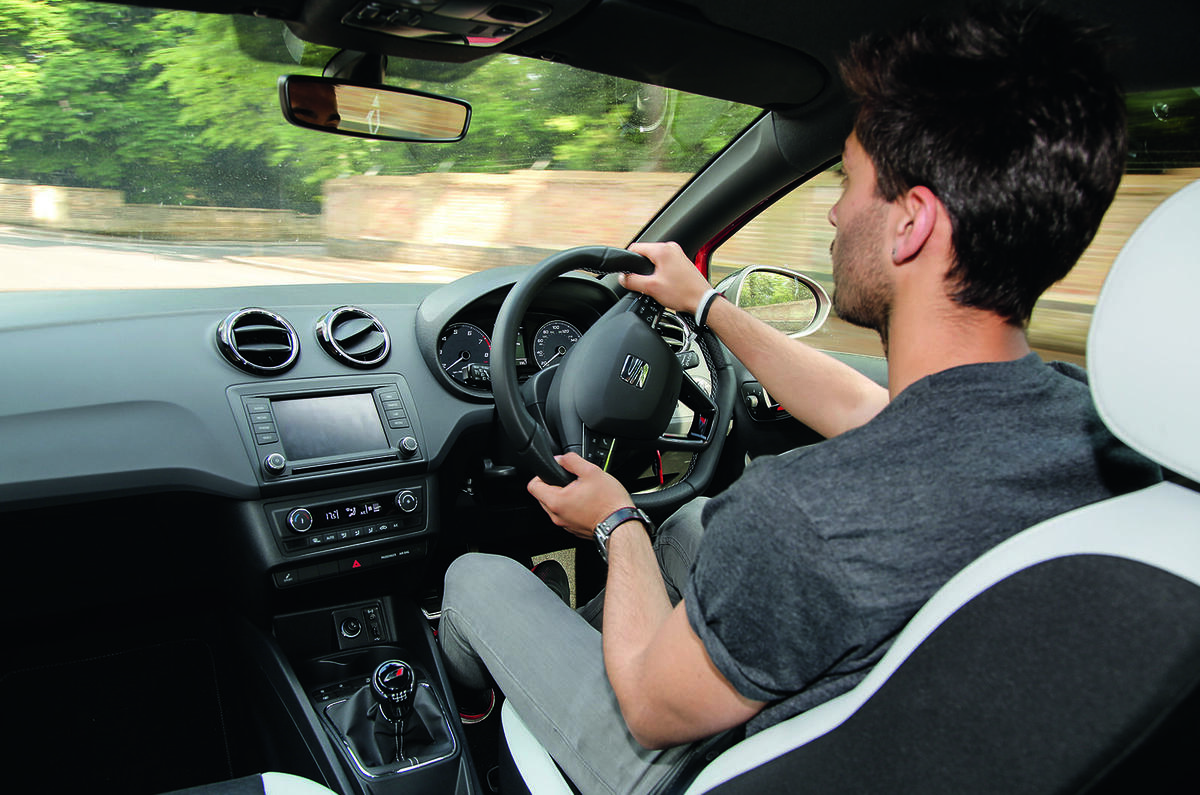
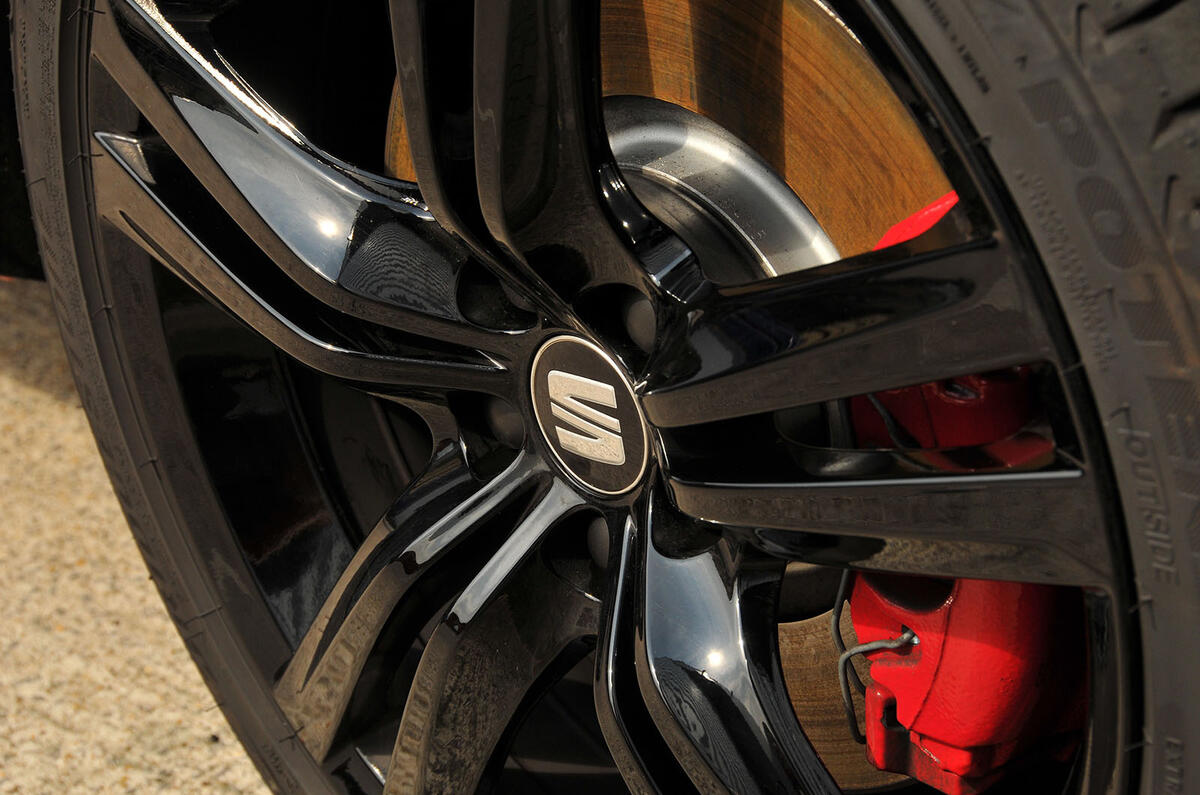

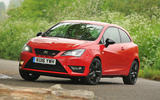
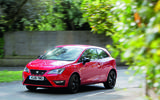
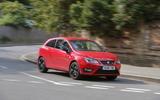
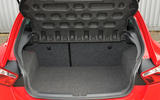
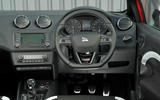
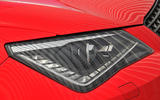
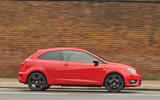
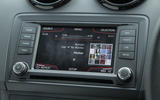

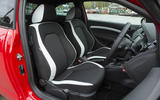
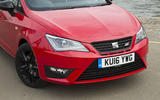

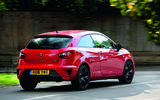
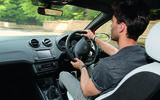
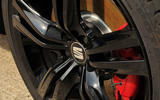
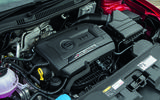


Join the debate
Add your comment
I would agree with
I concur
Superunleaded or not?